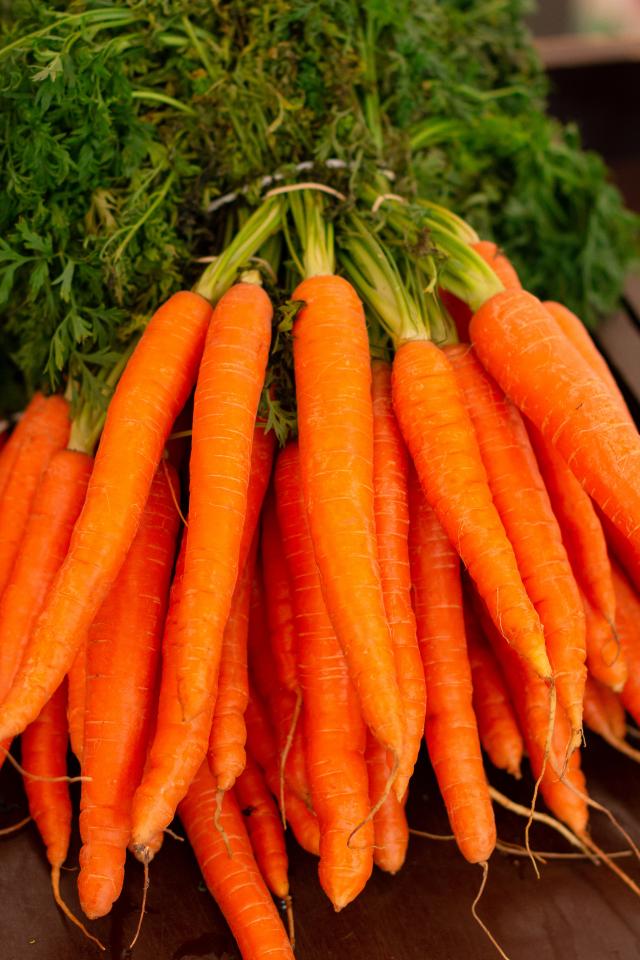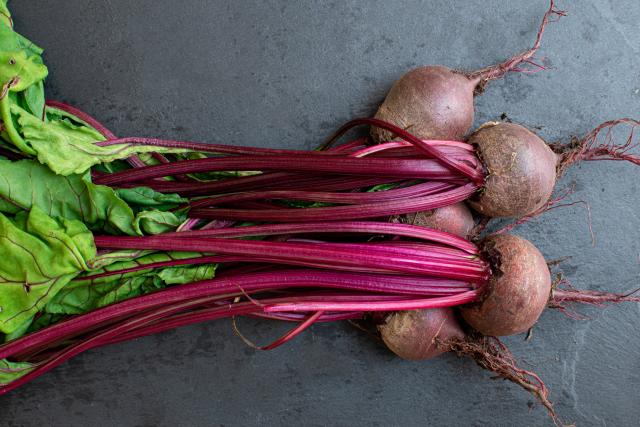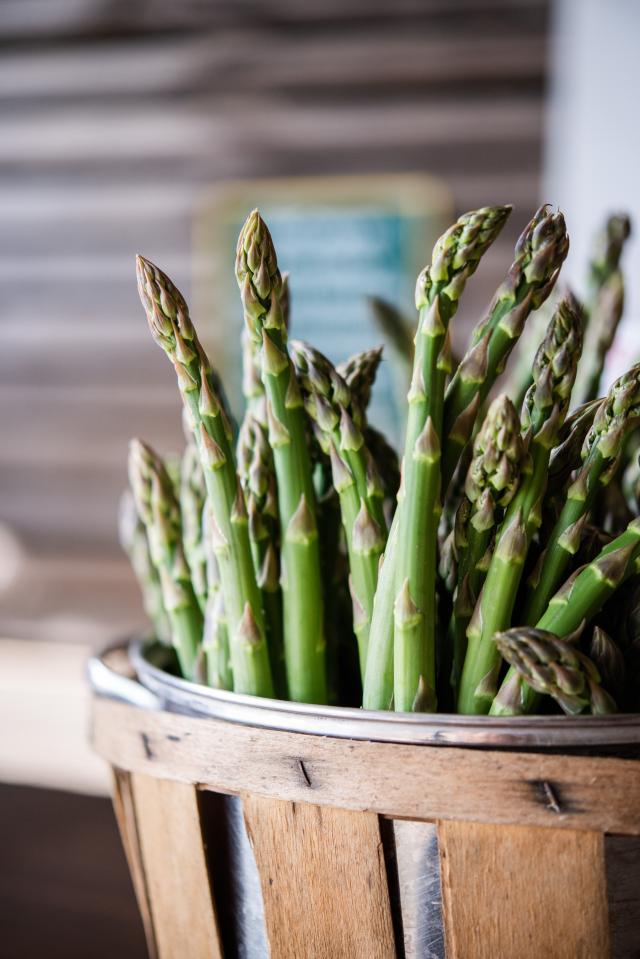
Due to technological advancement it can be argued that people are becoming increasingly out of touch with seasonal vegetables.
It is now common practice for fruit and vegetables to be harvested the previous year and to be imported from other countries, rather than sourced locally in Australia.
In-season produce that is locally sourced and naturally grown is more eco-friendly in comparison to importing or controlled-atmosphere storage and artificial ripening methods.
Out of season vegetables contain less nutrients as they’re often picked early to be stored or distributed. Whereas seasonal vegetables are fresher, richer in flavour and have higher nutritional content as they’re picked at their peak time.
HelloFresh has put together a guide of in-season fruit and vegetables to help people make better choices when it comes to cooking and eating. Check out recipes involving these vegies at hellofresh.com.au/recipes
Asparagus
From August to December is the peak time to pick asparagus, but a secondary crop can still be harvested in January or February. Asparagus is a great source of antioxidants, has beneficial blood pressure-lowering properties and is high in insoluble fibre which may support your digestive system. Asparagus is versatile, it can be steamed, boiled, roasted, grilled and sautéd. It is great for pasta or stir-fries.
Beetroot
Australians consume more beetroot per capita than any other nation in the world. Beetroot is at its peak for harvesting from November until April and is packed with nutrients with little calorie content. Fibre, protein, copper, potassium, vitamin C and vitamin 46 are just some of the impressive nutritional content that beetroot is made up of. Beetroot may support brain health, support digestive health, and may have several compounds that fight against cancer. They’re a great addition to salads, roasted as wedges and can be blended and used in dips.
Capsicum
Capsicums are rich in vitamin C, B6, B9, E and A, they are also packed with antioxidants which overall are good for eye health and may reduce the risk of cataracts. Additionally they’re packed with iron and can help prevent anaemia and iron deficiency. The best time to harvest them is from August to early January.
Capsicum are perfect for adding flavour and depth, they’re great for Asian, Mexican and Mediterranean dishes, as well as many fusion style recipes.
Carrot
Carrots are in season in winter, autumn and summer, making them one of the nation’s favourite veg with incredible versatility. They can be used in soups, stir-fries, cakes and can be roasted, boiled, steamed and eaten raw and that’s barely touching the surface. Carrots have been linked to support cholesterol balance and improve heart health. They’re packed with beta-carotene which we convert into vitamin A and may help maintain our immune system health.
Cucumber
The best time to harvest cucumbers is between November and March. They’re high in nutrients and low in calories, with magnesium, potassium, and vitamin K, three nutrients that are essential for our cardiovascular system. They have a high water content and help with hydration which allows many of our body processes to function as normal. Cucumbers can be added to sandwiches, dips, salads and can be used in many creative ways.
Eggplants
Eggplants are technically a fruit, with summer and autumn months being the most optimal time to pick them. They are considered to be a nutrient-dense food that are high in antioxidants and may help reduce heart disease and control blood sugar levels. Eggplants may seem harder to use, but they can be great in curries, roasted in pasta and used in stir-fries among various other ways.
Radish
Radish is best from summer through to autumn, they’re packed with calcium, potassium and many other nutrients. They may support liver function and digestion and are packed with sulforaphane which helps support heart health. Radishes can be roasted, pickled and enjoyed raw in sandwiches or sliced into salads.
Shallot
Mid-summer is the best time for shallots, they’re similar to regular onions but are a more concentrated source of protein, fibre and micronutrients. They have anti-inflammatory properties and may improve heart and bone health. Shallots are versatile, they can be used minced in salad dressing, added to salads raw, roasted, fried or caramelised. They go well with many Asian-style dishes.
Tomato
Whether you fancy tomatoes on the vine, oxheart or heirloom tomatoes, Australia has an abundant supply due to recent weather and are arguably at their tastiest this time of year. Tomatoes are one of the most easily accessible in western cultures due to their versatility, they can be used for sauces, soup, curries, eaten raw with salads, fried and countless other ways.
Watercress
Watercress peaks in the summer, with September to April being the best time to harvest. It is an antioxidant-rich food and is high in many nutrients, especially vitamin K. Vitamin K plays an essential role in blood coagulation which is needed to heal wounds and may also help maintain general bone health. Watercress is great in salads, soups, sauces and it pairs well with salmon too.
Zucchini
Spring and summer is the best time to have zucchini and it is at its best from September to March. Zucchini is rich in nutrients, most notably vitamin A, which may help support vision, growth, cell division and may also boost your immune system. It is also packed with nutrients that may benefit your skin and heart and may reduce the risk of cancer. Zucchini is one of Australia’s most loved vegetables as it’s versatile and is excellent in pastas, tacos, salads and can be made into a good vegan alternative to noodles.









